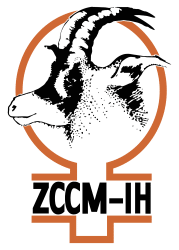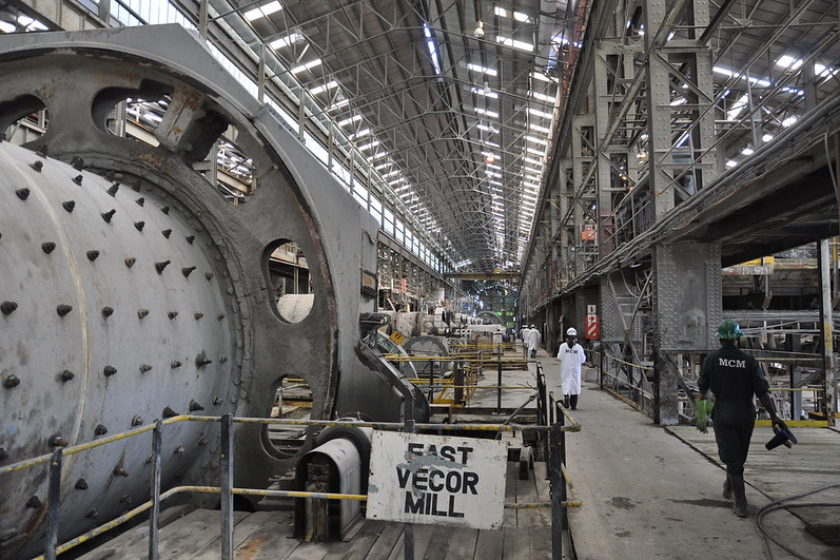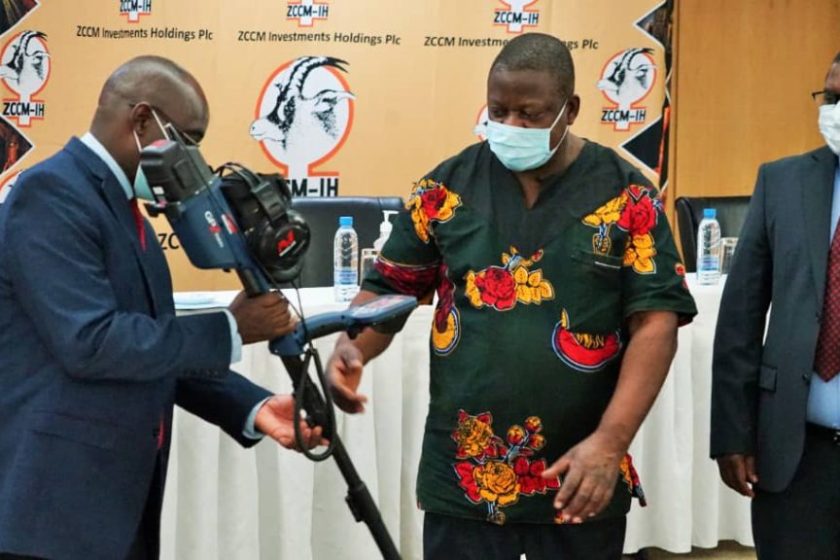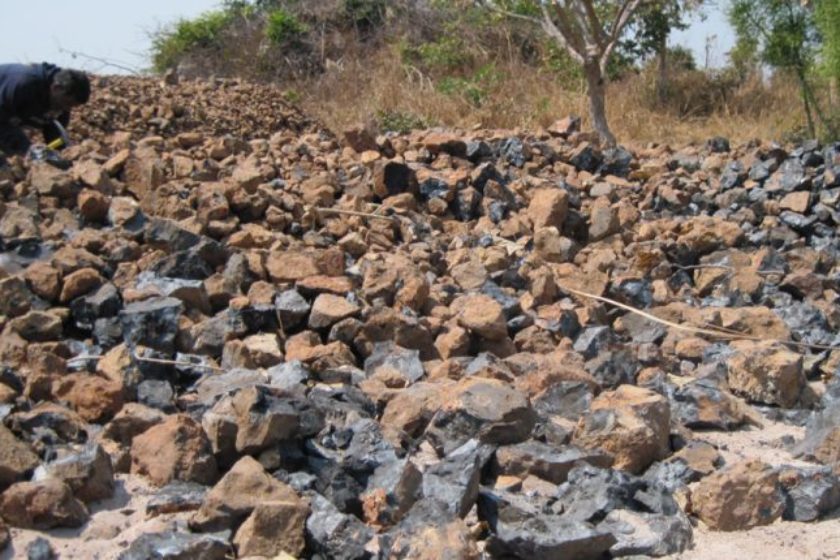1.0 Background
ZCCM Investments Holdings Plc. (ZCCM-IH) is an investment holding company with diversified interests in mining, energy, banking, property and other sectors of the Zambian economy. The company has a primary listing under ISIN number ZM0000000037on the Lusaka Stock Exchange, and secondary listings on London Stock Exchange and Euronext Stock Exchange in Paris.
The Zambian Government (GRZ) directly holds 17.25% of the shares in ZCCM-IH and 60.28% indirectly through Industrial Development Corporation (IDC), an investment company wholly owned by the Zambian Government. With the remaining 22.47% being held by institutions and individuals. The geographical spread of the minority shareholders, who number around 4300, covers over 29 countries in Europe, Africa, the Caribbean, Australia, Asia and the USA.
ZCCM-IH holds the majority of its investments in the mining sector and has shareholding interest in the undernoted companies;
| Company | Relationship | Shareholding % | Status | |
| 1 | Ndola Lime Company Limited | Subsidiary | 100.00% | Active |
| 2 | Misenge Environmental and Technical Services Ltd | Subsidiary | 100.00% | Active |
| 3 | Nkandabwe Coal Mine Limited | Subsidiary | 100.00% | Inactive |
| 4 | Kariba Minerals Limited | Subsidiary | 100.00% | Active |
| 5 | Kabundi Resources Limited | Subsidiary | 100.00% | Active |
| 6 | Mushe Milling Company | Subsidiary | 100.00% | Active |
| 7 | Limestone Resources Limited | Subsidiary | 100.00% | Inactive |
| 8 | ZCCM Gold Limited | Subsidiary | 51.00% | Active |
| 9 | Investrust Bank Plc | Subsidiary | 71.40% | Active |
| 10 | Rembrandt Properties Limited | Associates | 49.00% | Active |
| 11 | Consolidated Gold Company Limited | Associates | 45.00% | Active |
| 12 | Maamba Collieries Limited | Associates | 35.00% | Active |
| 13 | Konkola Copper Mines Plc | Associates | 20.60% | Active |
| 14 | Kansanshi Mining Plc | Associates | 20.00% | Active |
| 15 | Copperbelt Energy Corporation Plc | Associates | 24.10% | Active |
| 16 | CEC Africa Investments Limited | Associates | 20.00% | Active |
| 17 | Lubambe Copper Mine Plc | Associates | 20.00% | Active |
| 18 | CNMC Luanshya Copper Mines Plc | Associates | 20.00% | Active |
| 19 | NFC Africa Mining Plc | Associates | 15.00% | Active |
| 20 | Chibuluma Mines Plc | Associates | 15.00% | Active |
| 21 | Chambishi Metals Plc | Associates | 10.00% | Active |
| 22 | Mopani Copper Mines Plc | Associates | 10.00% | Active |
| 23 | Oranto Oil Block | Associates | 10.00% | Active |
| 24 | Nkana Alloy Smelting Company Limited | Associates | 10.00% | Inactive |
IFRS requires that investments be stated at fair value at every annual reporting period. This requires that a valuation of the investments is conducted every financial year to ascertain their fair values. The fair valuation is conducted by an independent consultant as will be appointed from time to time. In this respect fair valuation for the preceding financial year was conducted by Imara Corporate Finance.
ZCCM-IH now invites eligible consultants to indicate their interest in providing the above services. Interested firms must provide information to demonstrate that they are qualified to perform the services (brochures, description of similar assignments, experience in similar conditions etc.).
Interested consultants may obtain further information at the address below during office hours between 08:00 – 13:00 hours and between 14:00 – 17:00 hours local time from Monday to Friday.
A consultant will be selected using Quality and Cost Based Selection (QCBS) method. Interested consultants must submit one (01) original and three (03) hard copies of the Expression of Interest (EOIs) to the address below no later than Wednesday, 27th May 2020.
Procurement Manager
ZCCM Investments Holdings Plc
ZCCM-IH Office Park
Stand No. 16806, Alick Nkhata Road
Mass Media Complex Area
P.O. Box 30048
Lusaka.
Email: kabwek@zccmnew.wpenginepowered.com
Download the document here: Request for EOIs for the Provision of Full Valuation of ZCCM-IH Investee Companies – May 2020





